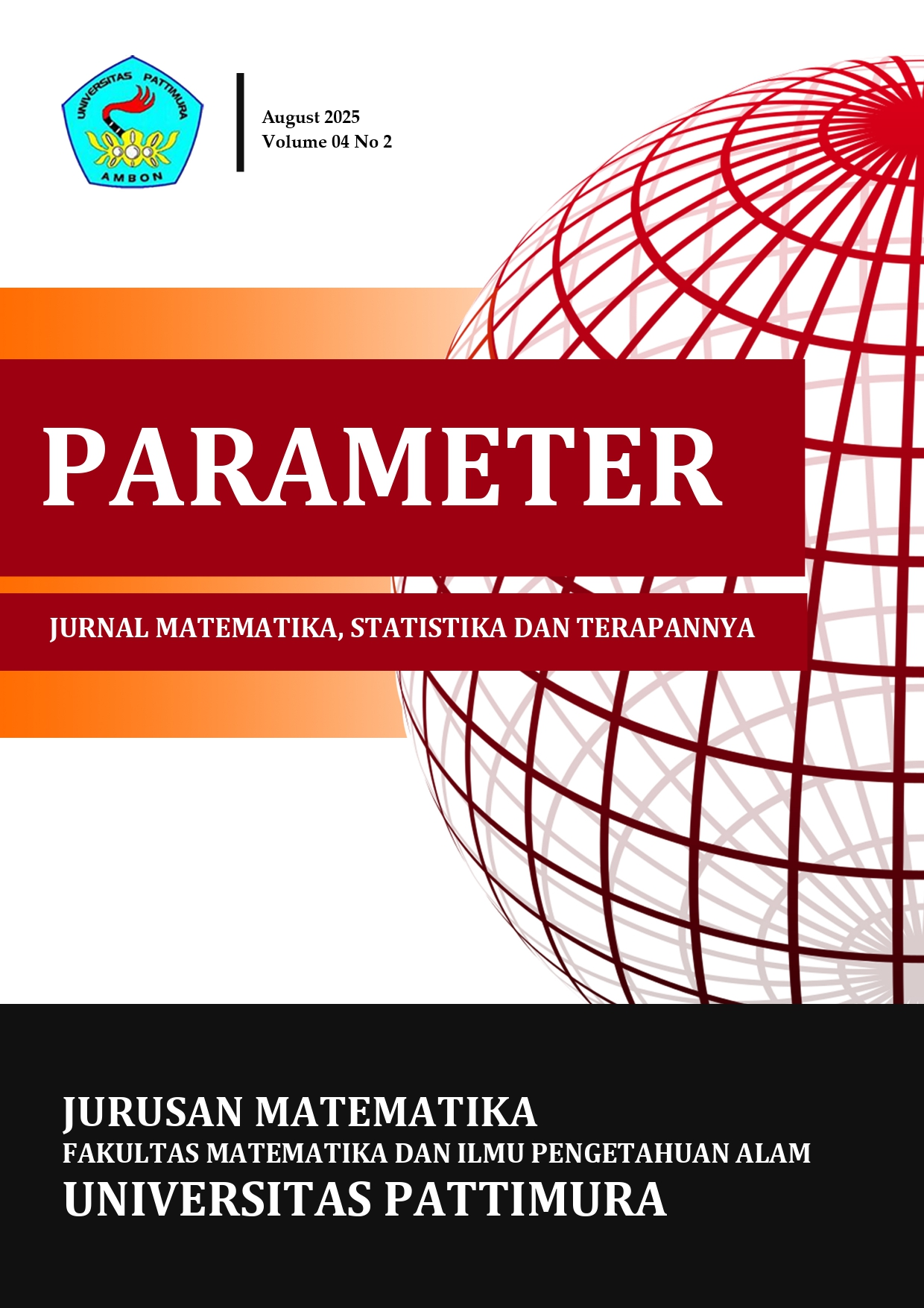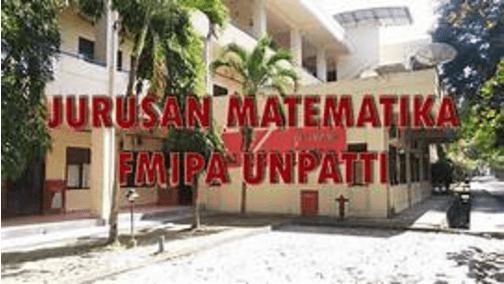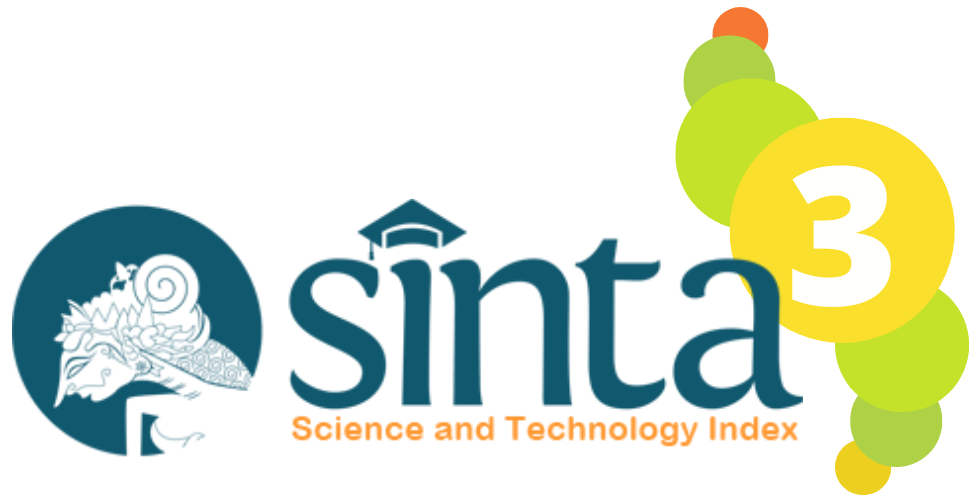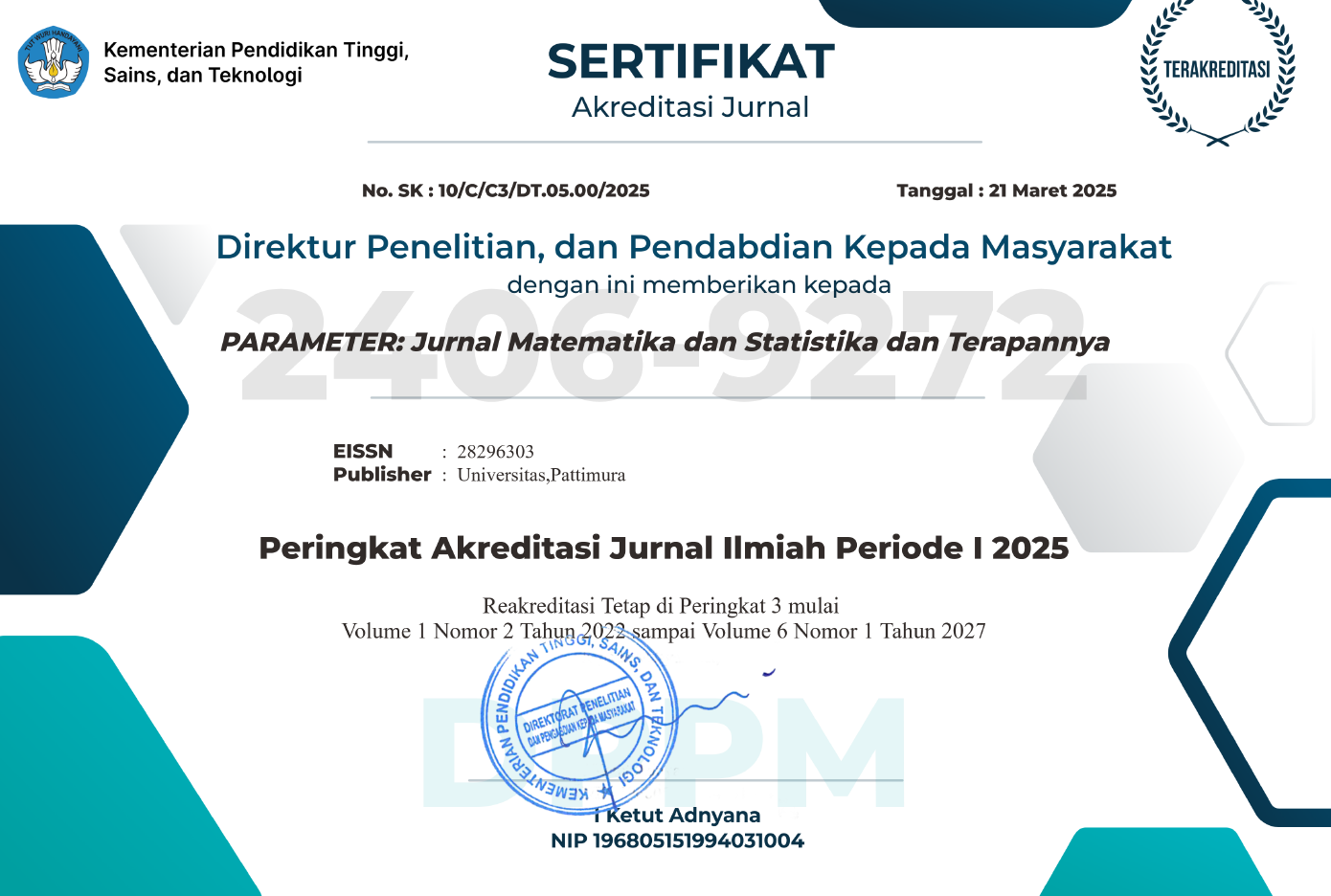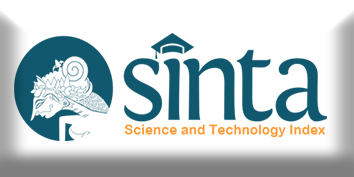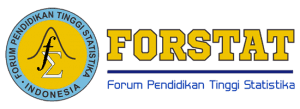Estimating the Potential Gross Regional Domestic Product (GRDP) of Banten Province Using the Optimal Hodrick–Prescott Filter
Abstract
Gross Regional Domestic Product (GRDP) serves as a fundamental metric for assessing economic activity within a specific region, encapsulating the total value added by all sectors of the economy over a defined period. Although GRDP is widely utilized to evaluate regional economic performance, it predominantly reflects realized output under prevailing conditions, thereby failing to fully capture the region’s optimal productive potential. As such, estimating potential GRDP is imperative for discerning the maximum sustainable level of economic output achievable through the efficient and effective allocation of resources. Potential GRDP is conceptualized as the highest level of output that can be sustained without generating upward pressure on inflation. This study focuses on Banten Province—one of Indonesia’s principal economic hubs—and underscores the critical role of potential GRDP estimation in informing long-term development strategies, managing output gaps, and evaluating the trajectory of post-shock economic recovery. The empirical investigation reveals that potential GRDP can be reliably estimated through the application of a smoothing parameter optimized by minimizing the Generalized Cross-Validation (GCV) criterion. The trajectories of both nominal and real potential GRDP exhibit strong coherence with their respective actual GRDP values, thereby validating the robustness of the estimation technique. Moreover, the derived output gap—calculated as the deviation between actual and potential GRDP—serves as a diagnostic tool for identifying cyclical dynamics within the regional economy. Findings indicate that Banten's economy more frequently experiences positive output gaps, indicative of overheating episodes wherein aggregate demand exceeds existing productive capacity. These results highlight the necessity for macroeconomic policy interventions aimed at mitigating demand-side pressures while addressing structural supply-side limitations. In conclusion, the estimation of potential GRDP and the associated output gap provides a vital analytical framework for the formulation of adaptive, evidence-based, and sustainable economic policies at the regional level.
Downloads
Copyright (c) 2025 Muhammad Fajar, Lucie Suparintina, Khafid Akhiriyanto

This work is licensed under a Creative Commons Attribution-ShareAlike 4.0 International License.

